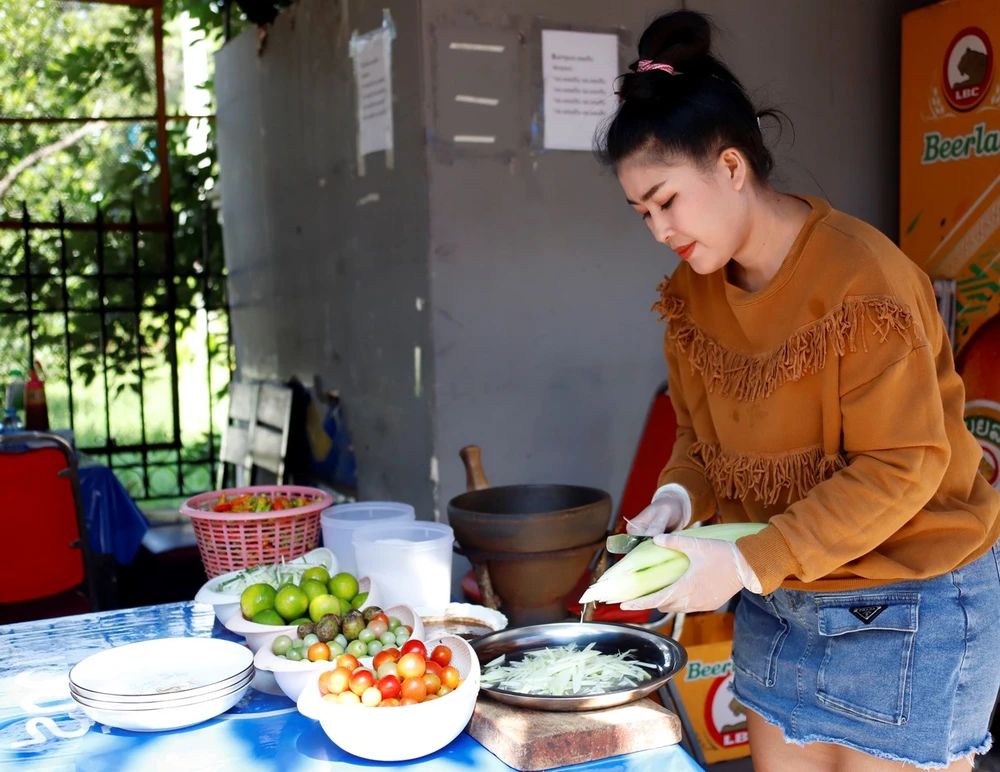
With over 2,000km of border with Vietnam, the brother country of Laos is not only known for its countless ancient temples, pristine natural landscapes, and hospitable and gentle people, but also famous for its many extremely attractive culinary dishes, including Tam Mak Houng (Tâm Mạc Hùng), a rustic dish that is present everywhere, from the flea markets in the villages to the most luxurious restaurants in Laos.
Tam Mak Houng translated into Vietnamese is pounded papaya, or roughly can be compared to Vietnamese papaya salad, this is not only a popular dish in the traditional daily meals of Lao people, but also one of the dishes that clearly shows the characteristics and preferences of culinary culture, can be considered one of the "national dishes" in the culinary treasure of the people of the Land of a Million Elephants.
Sharing with reporters of the Vietnam News Agency in Laos, Ms. Somsamay Luangat, owner of Tam Zap restaurant in the capital Vientiane, said that in the lives of Lao people, Tam Mak Houng is one of the main daily dishes, so almost everyone in Laos knows how to prepare this dish, however, to have a delicious Tam Mak Houng is not easy.
According to Ms. Somsamay, the first important thing is to know how to choose the right papaya, green papaya but not too young and not too old.
The next indispensable ingredient is Pa-det (Lao fish sauce), sugar, chili, lime juice, tomatoes, garlic, MSG, shrimp paste,... in which, Pa-det is one of the main spices, not only contributing to the unique, characteristic flavor of Tam Mak Houng, but also the secret to attracting customers of each Tam restaurant in Laos.
Ms. Somsamay said that in order for the restaurant to have a name and be as popular as it is today, she had to spend a lot of time and effort learning, experimenting and mixing, and finally creating a delicious Pa-det with the restaurant's own flavor.
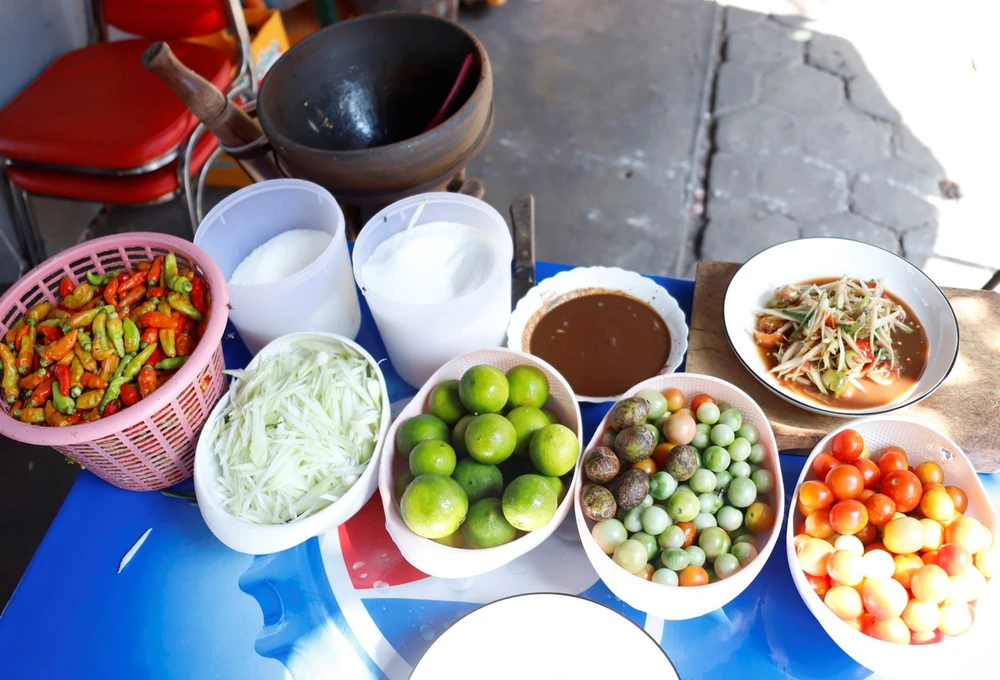
After washing and peeling, the papaya is chopped and thinly sliced (like the way the ancient Vietnamese used to prepare squash when cooking soup) or thinly grated into long strips.
Next, the maker will put garlic, chili, sugar, MSG, shrimp paste and lemon juice... (depending on each person's taste, the amount of these spices can be increased or decreased) into the mortar and pound and stir to blend the spices together.
Then continue to slice the tomatoes..., put the chopped and shredded pate and papaya into the mortar and quickly stir with one hand, while the other hand holds the pestle and continuously pound with moderate force.
This is one of the secrets that determines whether a Tam Mak Houng is delicious or not because if you pound it too hard, the papaya will be crushed and lose its crunchiness, but if you pound it too lightly, the spices will not penetrate the papaya fibers, losing the harmony of flavors of this typical dish.
This requires the maker to be meticulous, careful and skillful, otherwise it will be difficult to prepare this seemingly rustic and very easy to make dish to the right taste.
According to Ms. Somsamay, when preparing Tam Mak Houng, Lao people often add a lot of chili, so if tourists cannot eat spicy food, they can ask the seller to reduce or not add chili to Tam.
In addition, the smell of Pa-det fish sauce is quite strong, so if you don't like it, you can also ask to replace it with fish sauce. However, if you really want to experience it, you should try eating Tam Mak Houng using Pa-det, because if you pass the first time, you will quickly become addicted to this flavor.
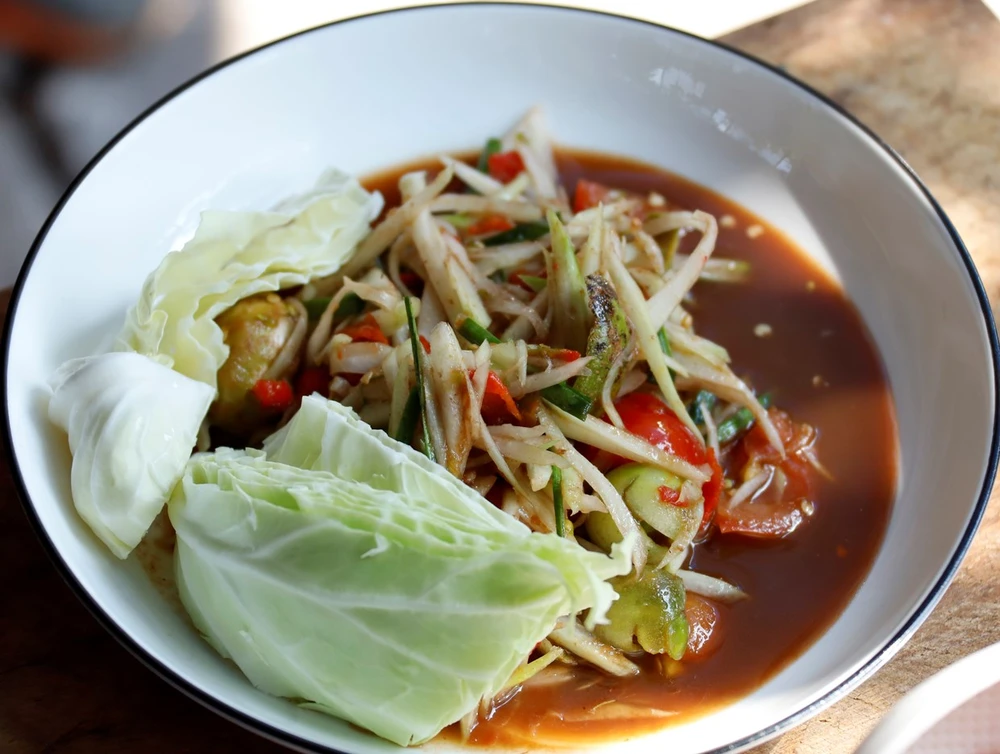
Exclaiming over the spicy taste that brought tears to her eyes but still unable to stop eating because it was so delicious, Ms. Lathdao Vongkhamchane, a diner living in the capital Vientiane, said that for Lao people, Tam Mak Houng is not only a delicious dish but also a typical culinary culture of the nation. She herself has eaten Tam Mak Houng since she was a child and is addicted to this dish, to the point that she misses it if she doesn't eat it for a few days.
That is not only the feeling of Ms. Lathdao and the majority of Lao people, but also of many foreigners who have lived and worked in Laos.
Having studied, worked and lived in Laos for eight years, Ms. Lo Thi Hang said that when she first came to Laos, when she saw the bright red color of the chili and the strong taste of Tam Mak Houng, she did not dare to eat it, but after trying it for the first time, she missed it and gradually became addicted without realizing it.
According to Ms. Hang, Tam Mak Houng not only has a very special flavor but also carries the soul of Laotian culinary culture. This is also the reason why whenever friends from Vietnam come to visit, she always introduces and invites everyone to enjoy it. After tasting it, everyone is impressed and gives many compliments to this special dish.
After serving Tam Mak Houng on a plate, Lao people often add some cabbage leaves and raw long beans... When eating, it is often served with sticky rice or grilled dishes and if there is also a bottle of Lao beer, it is very delicious.
The sourness of lemon, the spiciness of chili, the sweetness of sugar mixed with the salty and aromatic flavor of fish sauce will give each person a very unique and unforgettable feeling. This is also the reason why tourists are often advised to try this unique dish if they have the opportunity to visit Laos./.
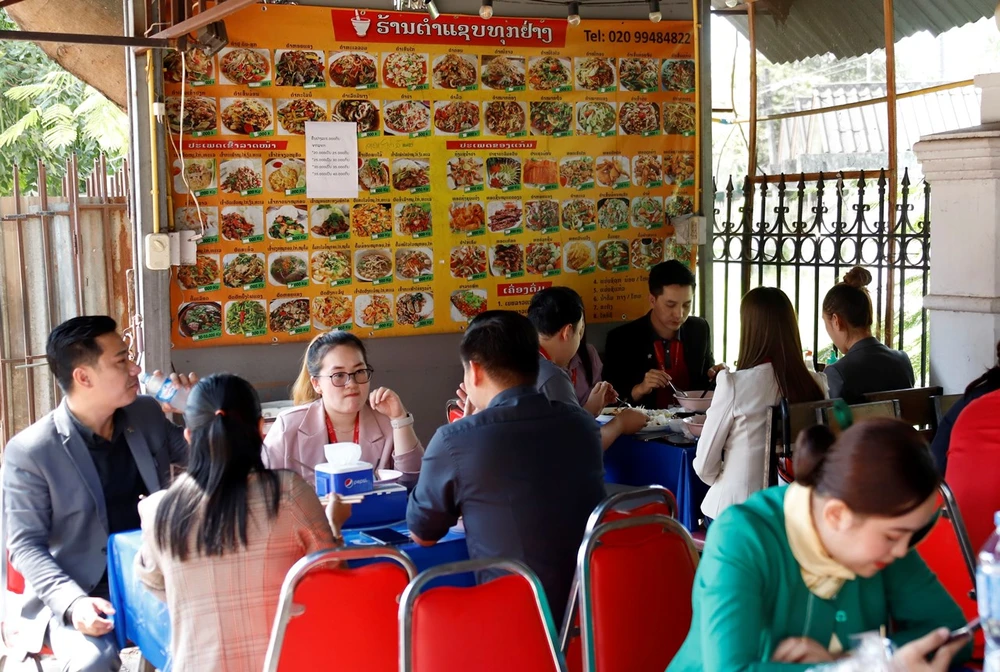
Source








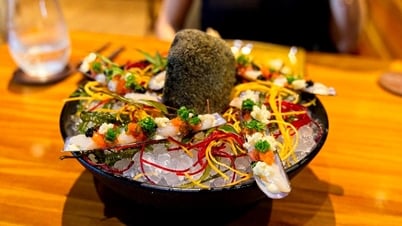

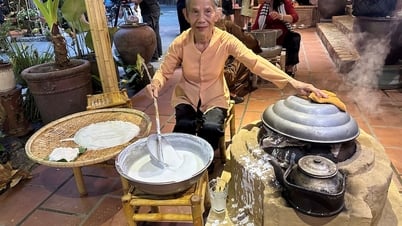



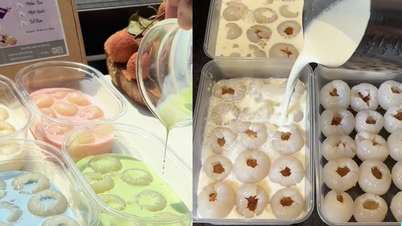







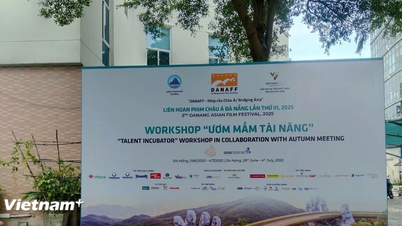











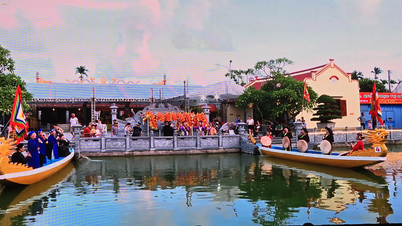













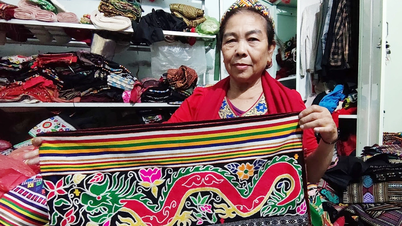



























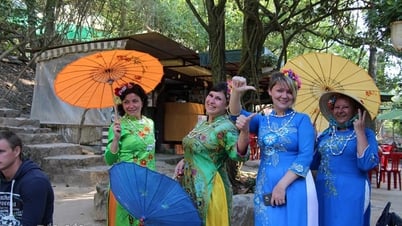


















Comment (0)